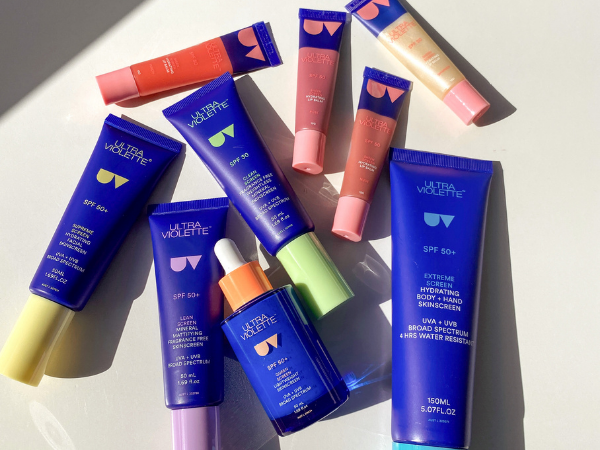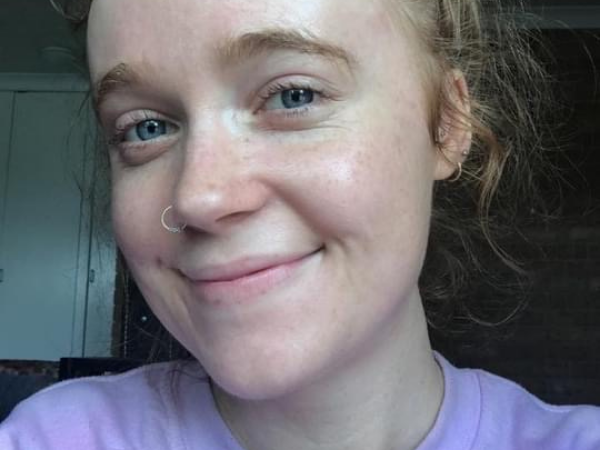Long story short, you should wear SPF every day and reapply every two hours when in direct sunlight. Better to be safe than sorry, right?
But long story long, there are some days you need to be more vigilant, due to how extra the sun is being. That’s where the UV Index comes in.
It’s a tool used to tell just how much ultraviolet (UV) radiation is around throughout the day.
UV radiation?
Here’s a little recap; there are two types of UV rays we experience on earth.
UVA – Affects the deeper layers of skin and is responsible for skin aging and DNA cell damage. UVA can penetrate clouds and windows so it’s important to apply and reapply even when it’s cloudy or if you’re near windows.
UVB – Affects the top layer of skin and is responsible for the sunburn and skin cancer… fun.
UV Index
So, let’s break it down. The UV Index is a scale that starts at zero and is broken into five categories from low to extreme levels of rays.
Low 0-2
It's probably winter in the colder parts of Aus. You're fine to leave the house without SPF if you want. That's a big IF.
Moderate 3-5
This is most Winter days in NSW/QLD. Apply in the morning and reapply especially when in direct sunlight but don't freak out TOO much.
High 6-7
We're heading into wrinkle city. Apply in the morning, before you get your morning coffee, before your lunch break and if you're near windows, be vigilant.
Very High 8-10
Gross town. The highest SPF you own EVERY two hours, potentially even more if you're in direct sun, plus hats and sunnies. Ugh.
Extreme 11+
Fuck leaving the house. Close all blinds and don't stand too close to the windows. It's NOT fun out there, peeps. But if you must, bathe in SPF and make your younger friends run all your errands. They'll be fine.
Take yesterday in Melbourne for example. High of 22oC and a low of 8oC. Seems standard for early summer. Not what you’d typically imagine for an ‘extreme’ day.
But the UV Index was predicted to reach 9 at 1pm and hit 11.5 instead. *smh* That little overachiever.
Below is a graph of the predicted and actual UV levels from the day. Notice that the actual measured levels fluctuate throughout the day and are often higher than predicted. Love that for us.

What does this all mean?
- The UV Index changes throughout the day and it’s location specific. Always check both the minimum and maximum of your area to determine your application and reapplication game plan.
- The UV Index is just a (super educated) guess and it can often be higher than predicted. You’re better to be safe than sorry and apply. Then reapply.
- UV rays don’t hibernate in winter and are present year-round.
- Our SKINSCREEN™ have skin sweetening ingredients like Pentavitin and Kakadu plum. Even if it’s a low UV day, it’s worth applying for the juicy antioxidant protection.
Where can I check out the UV levels in my area?
Loads of places. Google, the Aus Government website, the Bureau of Meteorology.
Our favourite is the Sun Smart app which you can download on your phone.
It’s super easy to understand and they can even send you alerts to reapply.

Use THIS link to download the app.
Again, long story short, just apply every day. Better safe than sorry!
Which SKINSCREEN™ should you apply everyday?
Now that depends on your skin and what kind of finish you prefer.
Take THIS handy quiz to find your new SPF BFF.


